There is a wide variety of schools of yoga, with various foundations and aims. Yoga has traditionally been practised in Hinduism, Buddhism and Jainism, but is today also practised by members of other faiths and belief systems, including those who see yoga as physical and mental exercise rather than something attached to their religion or non-religiousness.
There are two main theories as to the origins of yoga: the linear model and the synthesis model. According to the linear model, yoga has Vedic origins and has been influenced by Buddhism. This model is supported by most Hindu scholars. (The Vedas are a body of religious texts originating in ancient India, and written down in Vedic Sanskrit. They are the oldest scriptures of Hinduism.)
The synthesis model proposes that yoga is instead a synthesis of both Vedic and non-Vedic indigenous elements. This model is more widely accepted internationally. The highly influential Yoga Sutras of Patañjali is closely related to Buddhism, and even incorporate some Buddhist terminology. In a wider sense, Buddhism, Jainism, and Yoga, as well as Samkhya, can be seen as different representations of ascetic traditions that existed in ancient India alongside the Bhakti and Vedic ritualism that dominated at the time.
Latest Articles About Yoga
-

How to Use Visualization Techniques in Yoga
-
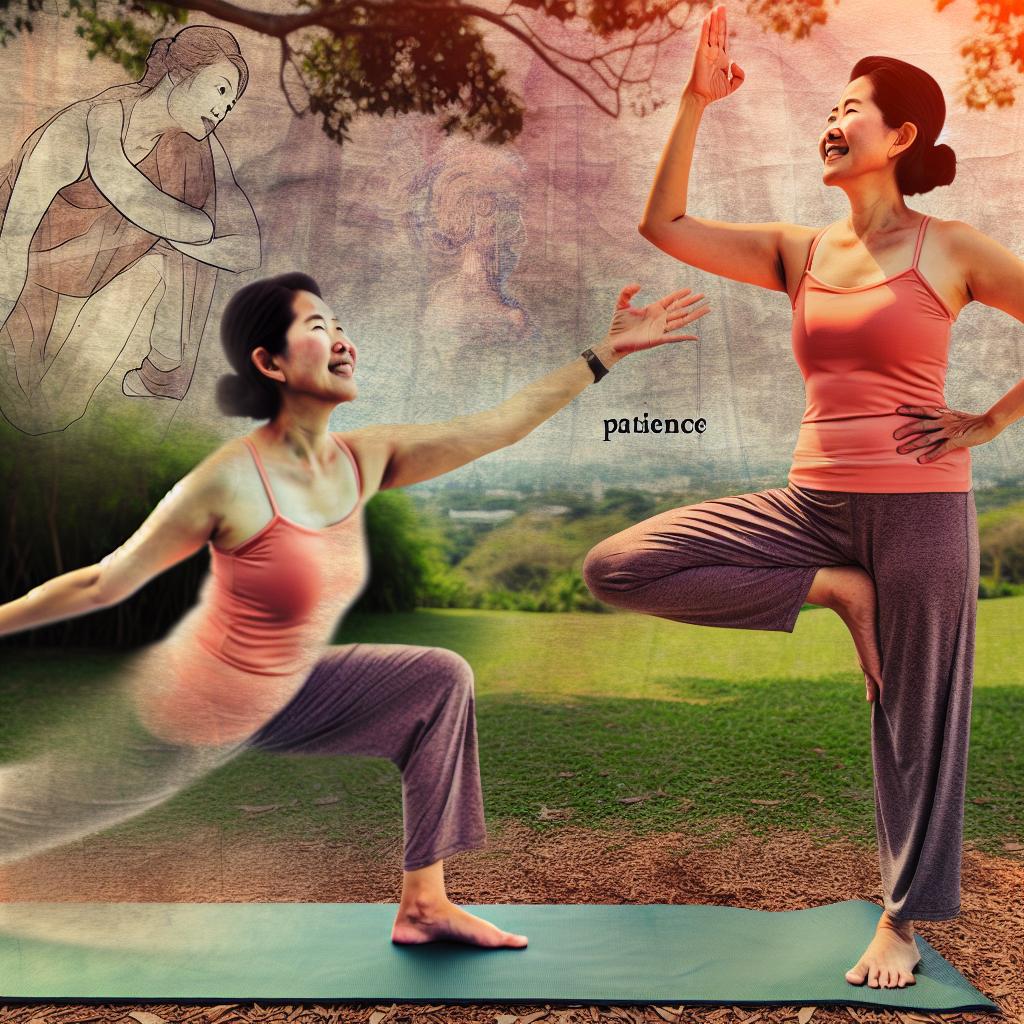
The Role of Patience in Advancing Your Yoga Practice
-

How Yoga Encourages Living in the Present Moment
-

The Impact of Yoga on Hormonal Balance
-

Understanding the Role of Silence in Yoga Practice
-
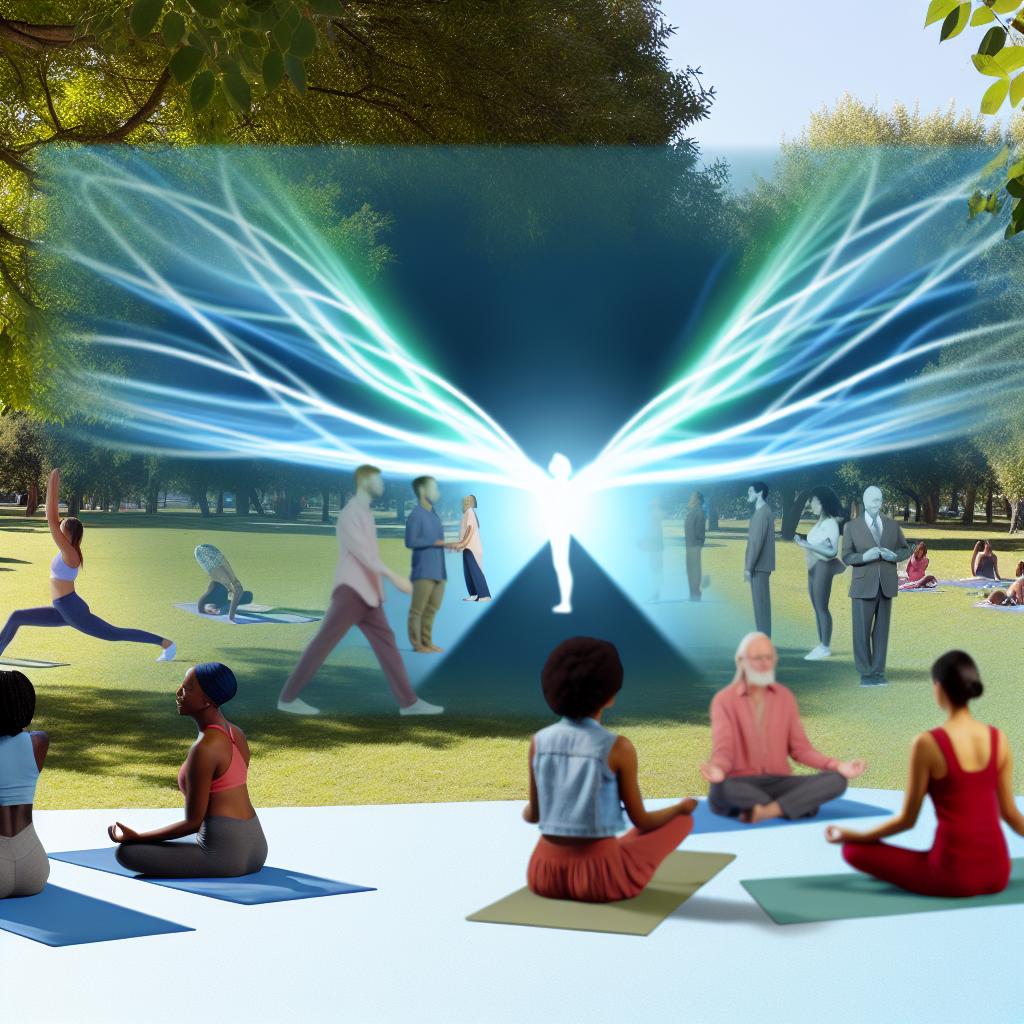
How Yoga Can Improve Your Relationships
-

The Relationship Between Yoga and Gratitude
-

How to Keep Your Yoga Practice Consistent
-

Yoga for the Winter Blues: Boosting Mood and Energy
-

How to Use Aromatherapy in Yoga Practice
-

Exploring Yoga as a Lifestyle
-
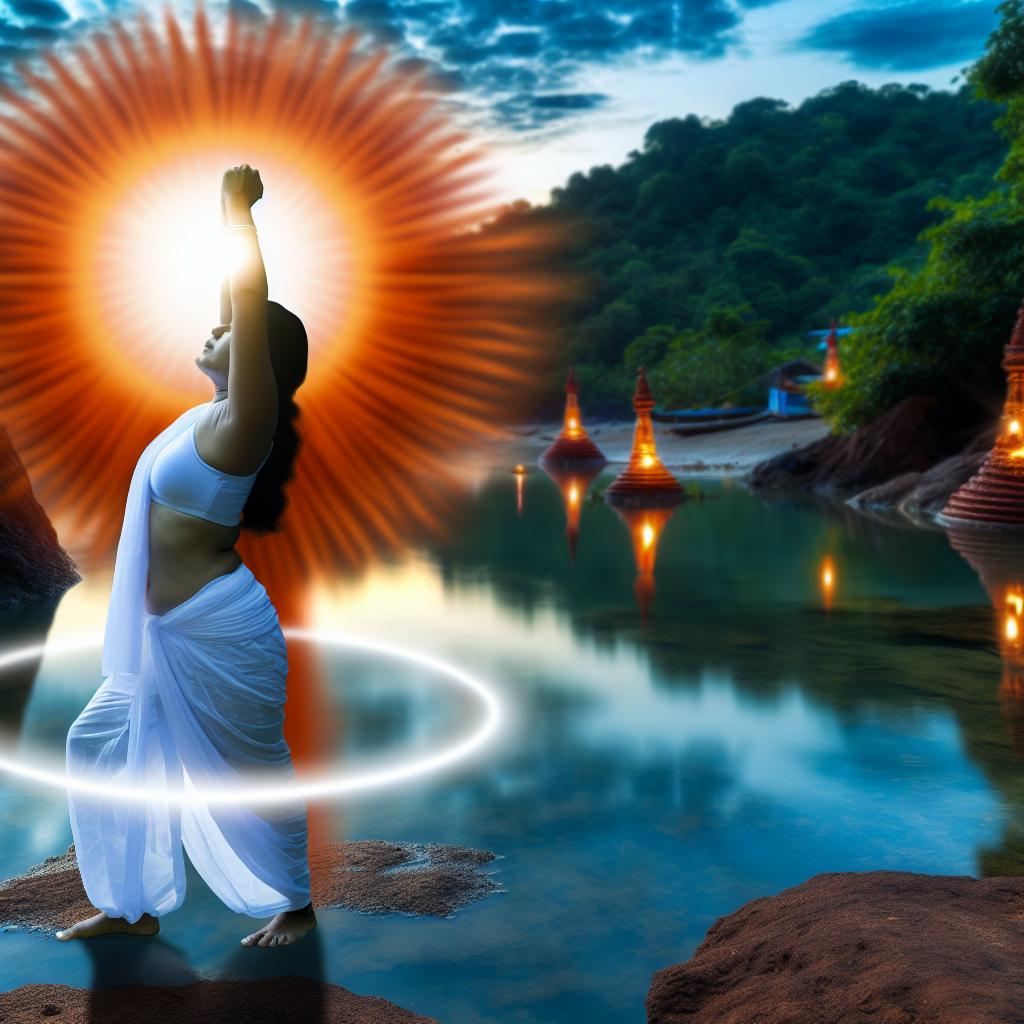
The Symbolism of Sun Salutations in Yoga
-

Yoga for Students: Managing Stress and Enhancing Focus
-
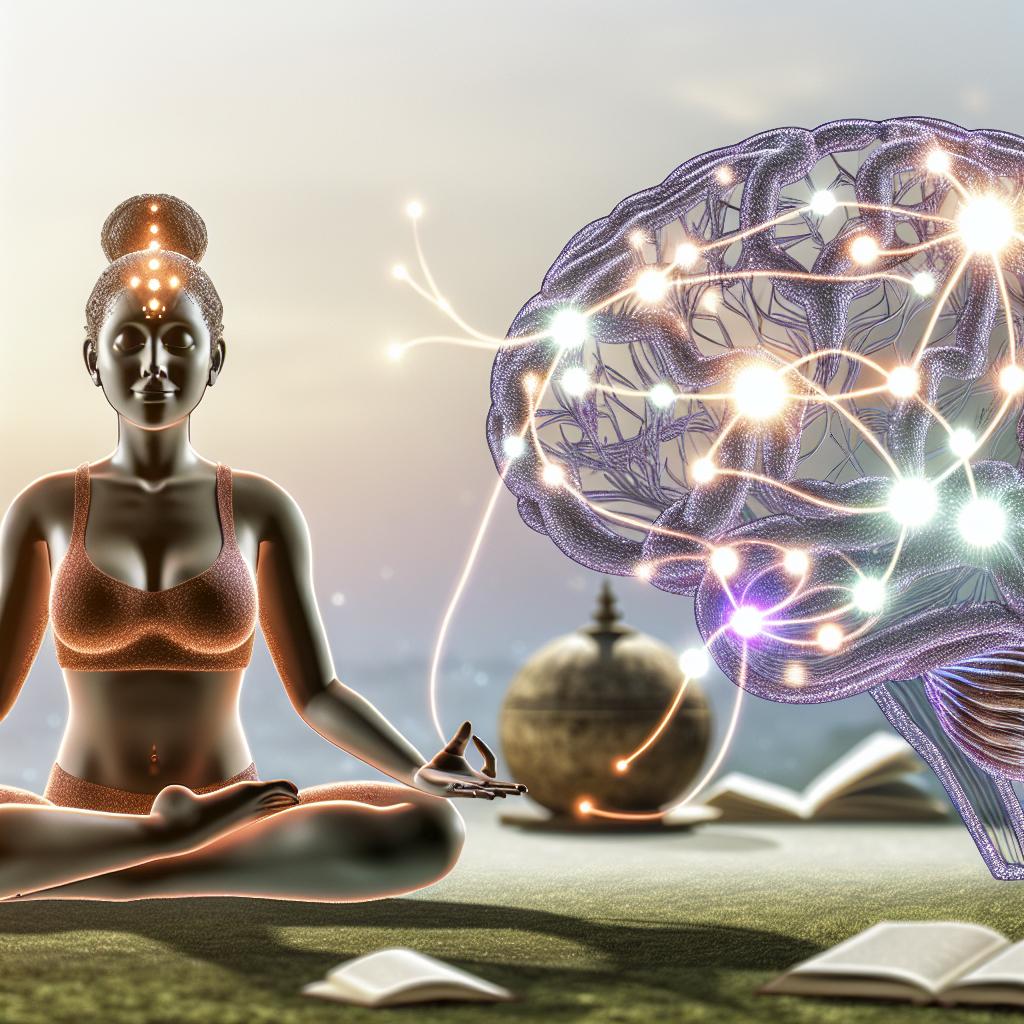
How Yoga Affects Brain Health and Memory
-
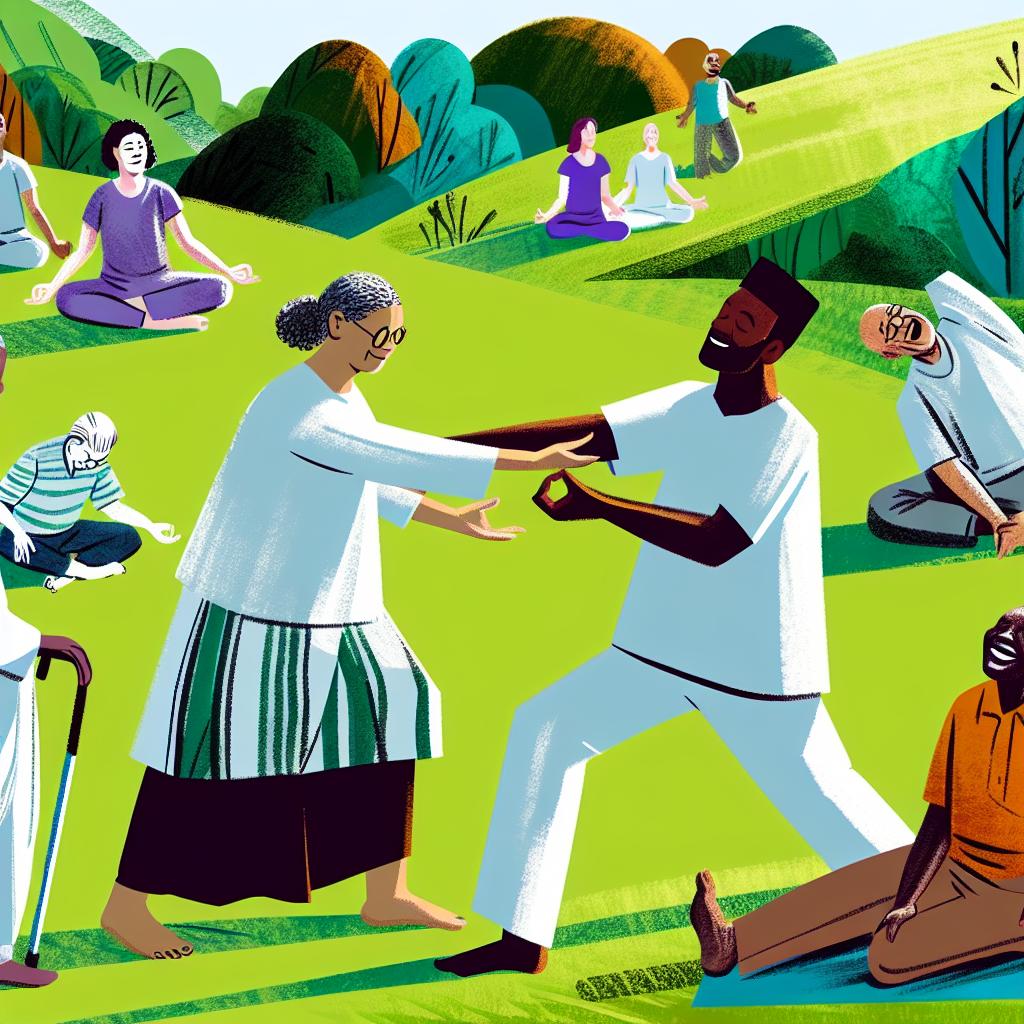
The Role of Community in Yoga Practice
-

Understanding the Practice of Bhakti Yoga

Etymology and origin
The Sanskrit noun yoga ( योग) is derived from the verb yuj (युज्), which means to attach, join, harness, or yoke. The Sanskrit words yoga and the English word yoke are actually related to each other.
In the hymn 5.81.1 of the Rigveda, a dedication to the rising Sun-god, the verb yuj (युज्) is included and it has been interpreted as yoke or control. The Rigveda (Rig Veda) is the oldest known Vedic Sanskrit text and also one of the oldest surviving texts in any Indo-European language. The sounds and texts of the Rigveda have been orally transmitted since the 2nd millennium BCE. The Rigveda is one of the Vedas.
Yoga is also mentioned in a number of the Upanishads, which are later Vedic Sanskrit texts. In the Katha Upanishad, we find the word yoga ( योग). This text is believed to have been composed between the 5th and 3rd centuries BCE.
The Yoga Sutras of Patañjali
The Yoga Sutras of Patañjali is a collection of almost 200 Sanskrit sutras (aphorisms) regarding the theory and practice of yoga. For the modern Yoga tradition, it is one of the foundational texts of classical Yoga philosophy. The sutras were compiled by the sage Patanjali in India at some point in the early centuries CE, and he is believed to have collected, organised and synthesized yoga knowledge from older traditions.
Examples of concepts included in the Yoga Sutras of Patañjali are the ashtangas; the eight elements of yoga practice.
- Yama (abstinences)
- Niyama (observances)
- Asana (yoga postures)
- Pranayama (breath control)
- Pratyahara (withdrawal of the senses)
- Dharana (concentration of the mind)
- Dhyana (meditation)
- Samadhi (absorption)
Yamas are ethical guidelines for how one should conduct themselves in life and include principles like non-violence (ahimsa), truthfulness (satya), non-stealing (asteya), continence (brahmacharya), and non-possessiveness (aparigraha).
Niyama” refers to the second limb of the Eight Limbs of Yoga as described in the Yoga Sutras of Patanjali. Niyamas are personal practices or observances that are fundamental to one’s spiritual growth and self-discipline. They are essentially principles that guide how one relates to oneself. There are five Niyamas
“Asana” refers to the physical postures practiced during a yoga session. The term “asana” is derived from the Sanskrit word “asana,” which means “seat” or “sitting posture.” However, in modern yoga, asana encompasses a wide range of physical postures beyond sitting positions.Asanas are an integral part of yoga, as they help in achieving flexibility, strength, balance, and improved concentration.
Pranayama is considered an essential practice for developing concentration, mental clarity, and physical and emotional well-being. By consciously controlling the breath, one is believed to be able to control the flow of prana, which can lead to a balanced and energized state of mind and body.
According to the Indologist David Gordon White (b. 1953), the Yoga Sutras of Patañjali were relatively obscure and not much known in India from the 12th century CE to the 19th century CE, when the sutras were brought to wider attention again due to a combination of factors, including foreign interest and the efforts of the Hindu monk Swami Vivekananda, a disciple of the Indian mystic Ramakrishna.
 Spread of yogaThe spread of yoga outside the Indian cultural sphere got much stronger in the 1800s, partly due to the British presence on the Indian subcontinent, which helped these ideas reach the English-speaking world on a wider scale than before. One notable landmark was the English-language “Treatise on Yoga Philosophy” published by N.C. Paul in the mid-1800s. The above-mentioned Swami Vivekanda actively worked to spread information about yoga to a Western audience and toured both Europe and the United States in the 1890s.
Spread of yogaThe spread of yoga outside the Indian cultural sphere got much stronger in the 1800s, partly due to the British presence on the Indian subcontinent, which helped these ideas reach the English-speaking world on a wider scale than before. One notable landmark was the English-language “Treatise on Yoga Philosophy” published by N.C. Paul in the mid-1800s. The above-mentioned Swami Vivekanda actively worked to spread information about yoga to a Western audience and toured both Europe and the United States in the 1890s.